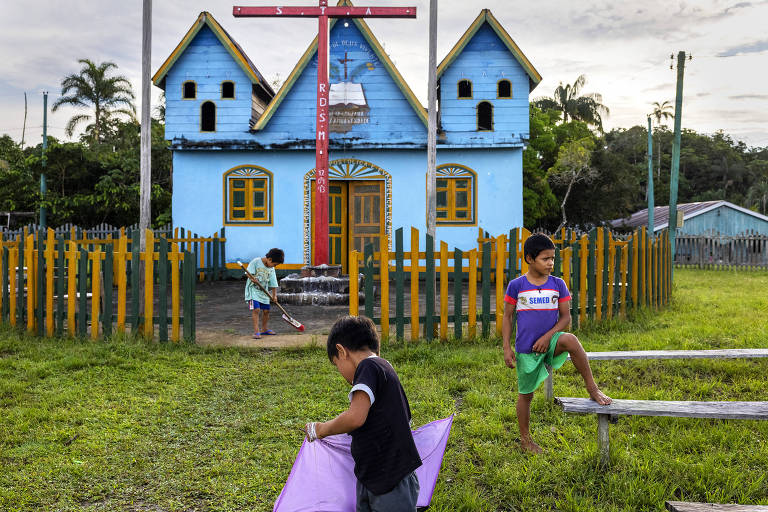With wooden houses on stilts, narrow streets and open sewers, Atalaia do Norte draws attention for its disproportionate number of churches and missionaries for just 20,000 inhabitants.
The reason for so much interest is the vast territory: the city is the gateway to the Vale do Javari Indigenous Land, which is home to seven ethnic groups and several isolated groups – the largest uncontacted population in the world.
The city attracts missionaries from the USA, Canada, Spain, Argentina and other regions of Brazil.
The dispute for the hearts and minds of the inhabitants of Javari has been going on for decades, but it intensified in 2020, when the government of Jair Bolsonaro appointed the pastor, anthropologist and former missionary Ricardo Lopes Dias to head the General Coordination of Isolated and Recent Contacted Indians of FUNAI (National Indigenous Foundation).
The choice of a clergyperson fit in with the Bolsonista intention of abandoning the current indigenous policy, which prohibits contact with peoples who wish to remain isolated, and open the way for evangelical missions.
Heavily criticized, Dias ended up leaving office in November, after nine months.
Translated by Kiratiana Freelon
